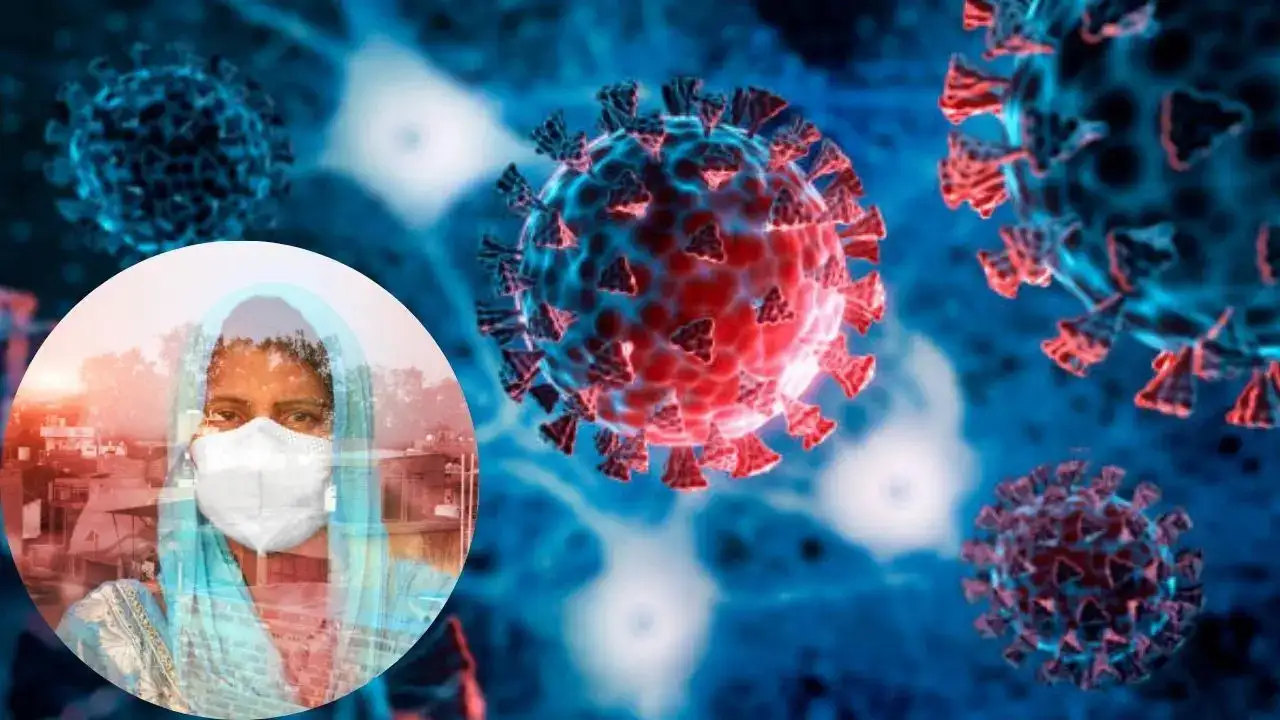
While in healthy individuals, the symptoms are usually mild, since the cases are rising rapidly, authorities are monitoring the situation
A new wave of COVID-19 is sweeping across many cities of Asia, with countries like Singapore, Hong Kong, and Thailand seeing a significant rise in infections. The surge is mainly driven by new Omicron subvariants, particularly JN.1 and its descendants like LF.7 and NB.1.8. However, experts say the concern is mounting over the fact that India currently has 257 active cases. The majority of cases are mild and do not need hospital care, according to official data.
Kerala has recorded the greatest number of new infections since May 12, with 69 cases, which is followed by Maharashtra with 44 cases and Tamil Nadu with 34. Other states with new cases include Karnataka (8), Gujarat (6), Delhi (3), and one case each in Haryana, Rajasthan, and Sikkim.
According to experts, the increase in cases could be due to factors that include a waning immunity, as there is no indication that the circulating variants are more transmissible or can lead to more severe cases than what happened during the pandemic. "Fortunately, till now, India has not experienced any spike in cases. Yet, we cannot lower our guard. With more global travel, new strains may reach our nation soon. That's why caution is still advised by experts," Dr. Sameer Bhati, a public health e told Times Now.
"Low-immunity individuals, particularly the elderly and those with chronic health problems, should still be cautious. Mask use in crowded areas, proper hand hygiene, and staying home when sick are still good habits. It's also wise for those who qualify to get a booster shot if and when they become available," he added.
Is there a new variant that causes a spike in cases?
Experts believe the previous Omicron variant, JN.1, is behind the current surge in cases across Asia. JN.1 is more efficient at spreading compared to its parent strains, as the mutations it causes help it attach more easily to human cells and dodge some immune responses.
The JN.1 strain spreads the same way as earlier variants of COVID-19:
- Airborne droplets from talking, coughing, or sneezing
- Close contact in public places
-
Touching contaminated surfaces
What are the signs and symptoms of the JN.1 strain?
The World Health Organisation has classified the JN.1 strain as a "variant of interest" and now a "variant of concern." WHO has also mentioned that the global public health risk posed by JN.1 is low.
While most of those who are affected experience mild upper respiratory symptoms, a few common signs include:
- High fever
-
Runny nose
- Sore throat
- Headaches
- Extreme fatigue
- Muscle weakness
- Exhaustion
- Minor gastrointestinal issues
In a few cases, the new variant may also present with a loss of appetite and persistent nausea. However, some patients have also reported more intense exhaustion than in previous waves.
While in healthy individuals, the symptoms are usually mild and do improve within four to five days, since the cases are rising rapidly, authorities are closely monitoring the situation. Doctors advise taking care to stay away from the virus by repeatedly washing your hands, wearing a mask, and following other COVID-19 precautions to stay safe.
